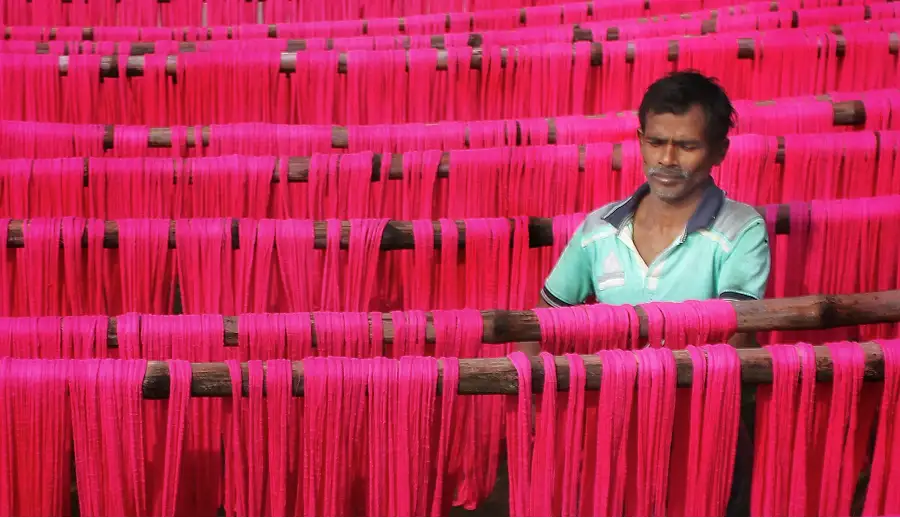
Designing Influence to Create Change at MTV
At a glance
My Role
Director of Design → Vice President of User Experience & Design
Problem
Design was marginalized within MTV’s digital organization — communication was fragmented, strategy was siloed, and design lacked influence in key conversations.
Impact
- Repositioned design from a service function to a strategic partner.
- Influenced culture that reached Viacom’s executive floor and the White House.
- Secured multimillion-dollar investment from Viacom leadership as part of a cross-functional team.
Key Insight
Organizational transformation can be approached like a UX problem: identify pain points, prototype solutions, measure outcomes, and iterate based on your hypothesis.
Approach
I applied UX thinking to cultural change — conducting generative research across teams, prototyping new rituals, and launching rapid cultural experiments to shift perceptions through outcomes rather than arguments.
Skills Applied
Framing the Challenge: Redefining Design’s Role Through UX
When I joined MTV as Director of Design, the digital design team operated at the margins. We were excluded from early strategy conversations, and communication breakdowns meant other teams had little visibility into our work. Rather than trying to force authority, I treated the situation like a UX problem: identify pain points, design prototypes for change, and iterate based on real-world feedback.
This approach allowed me to build influence gradually but strategically — earning trust internally, proving value through visible outcomes, and reshaping how design was perceived across MTV.
Research: Uncovering Organizational Pain Points
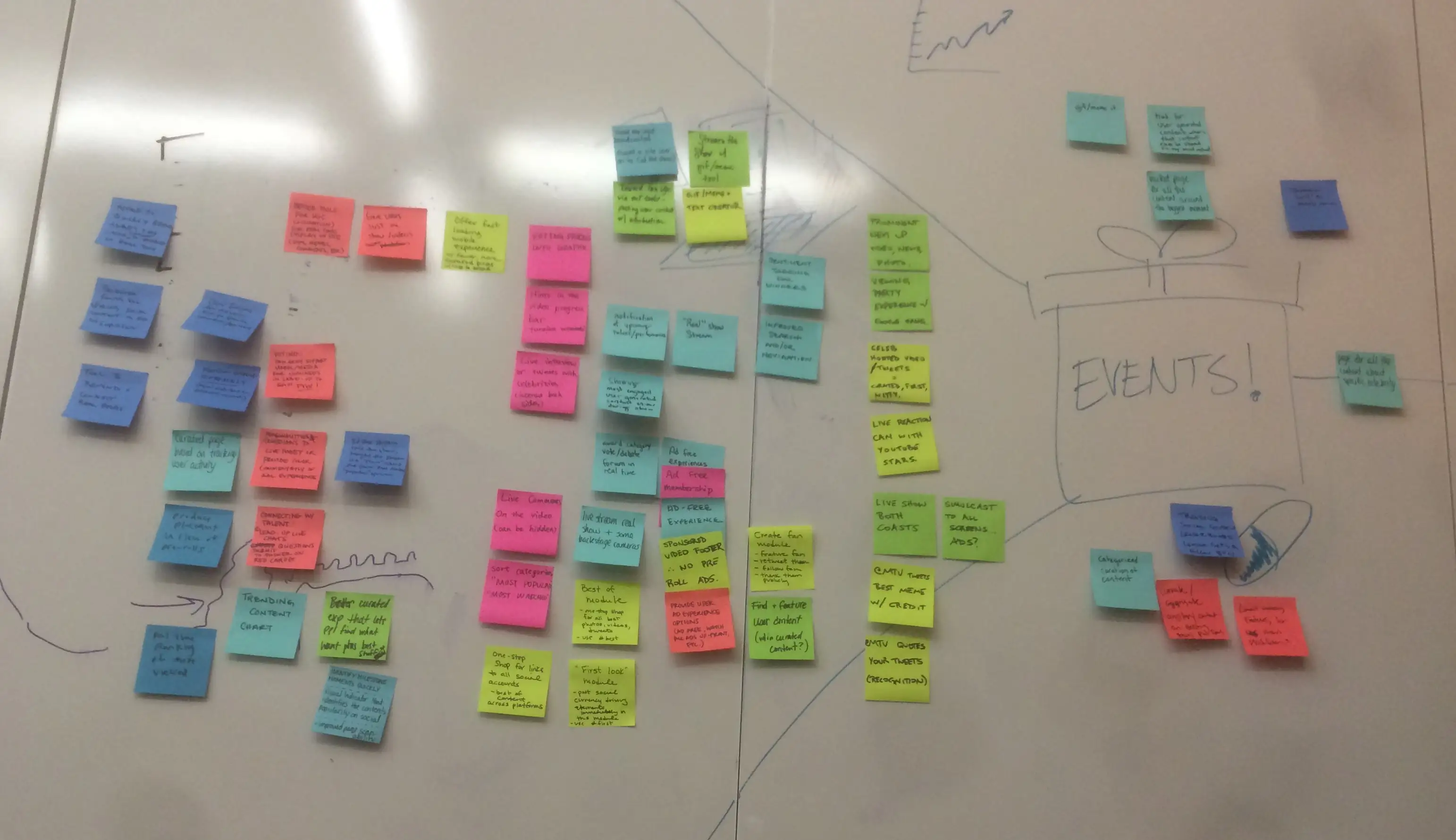
This was my first experiment applying UX design methods to solve internal communication challenges—treating team rituals like product prototypes to see if design thinking could drive cultural change.
I began with generative research, both inside the design team and across other departments.
- Internally, I ran empathy sessions to surface pain points. Designers felt disconnected from strategic decisions, unsure how their work fit into the bigger picture.
- Externally, I ran listening sessions with Editorial, Marketing, and Product to understand how design was perceived. The biggest issue? Lack of visibility. Despite using Jira, teams lacked visibility into what we were working on, why it mattered, and how much capacity we had.
This research gave me the same foundation I’d use for any product initiative: shared understanding of the current state, aligned around real problems.
Prototyping: Redesigning Rituals to Build Alignment
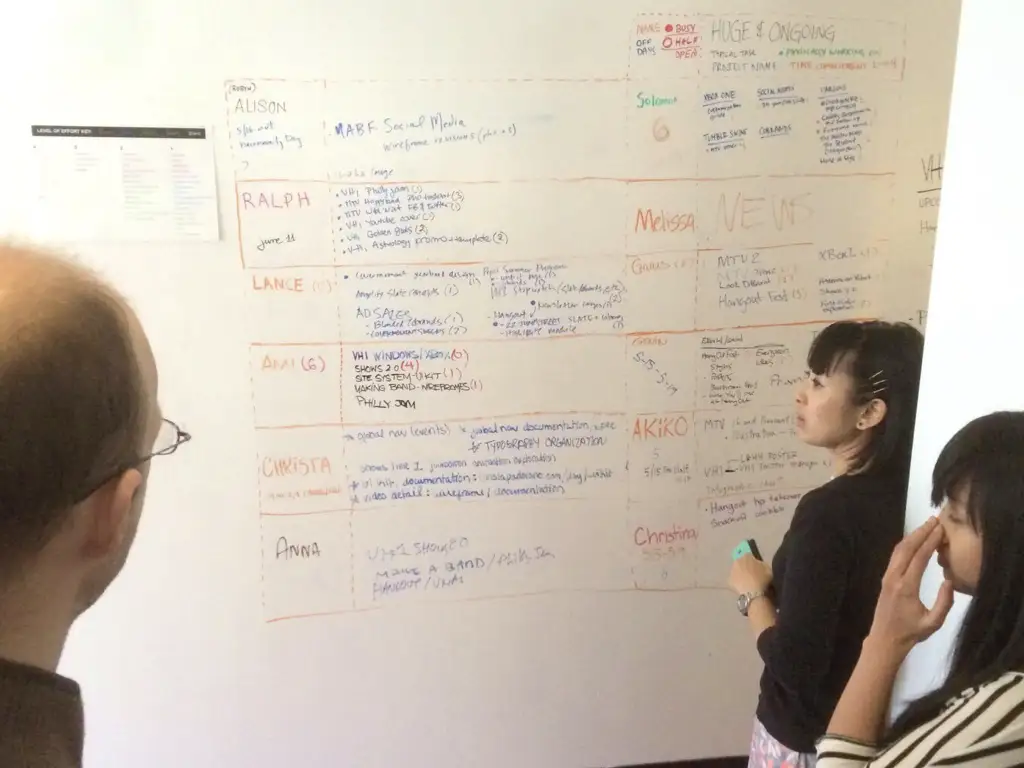
Our communication approach wasn’t working. Designers tracked work in Jira, but the information was buried—hard to digest and unclear to both the team and producers.
Standups, meant to surface priorities, had become rote Jira recitations around large conference tables—too formal, disengaging, and producing no shared artifact. Designers tuned out. Producers lacked clarity. No one had a reliable view of the team’s actual workload.
Hypothesis: If we rethink our core communication ritual—standups—to be more visible, useful, and human, they will become more engaging internally and produce more valuable, actionable outputs externally.
So, I iterated both the information flow and the ritual:
- Moved standups to a high-traffic hallway, making design work more public and transparent.
- Removed chairs to keep energy high and discussions focused.
- Introduced a persistent whiteboard format, turning daily updates into a visual artifact anyone could scan at a glance.
Validation:
The change was immediate. The design team became more engaged. While other teams didn’t attend our standups, they began using the whiteboards in their own time to stay informed. What started as an internal ritual evolved into a shared communication channel across departments. We continued to iterate on the format—following feedback loops and making small, consistent improvements.
This prototype taught me a key lesson about organizing teams: The most effective communication rituals invite others in—when visibility and clarity improve, alignment naturally follows.
Having validated UX methods on internal rituals, I turned outward—applying the same mindset to shift MTV’s strategic view of Design’s role.
Experimentation: Leading Cultural Prototypes to Shift Strategic Perception
I wasn’t making headway influencing my boss through typical methods—talking through problems and proposing solutions—because the politics were complex and my ideas carried risk.
So, in an effort to gain more traction across the org, I shifted to a timeless design strategy: Show, don’t tell.
Hypothesis: Launching fast, culturally resonant experiments would prove that design could uniquely speak the visual language of MTV’s audience—making the case for Design’s strategic value more powerfully than presentations ever could.
I empowered my team to launch rapid cultural experiments—small, tactical initiatives designed to tap into cultural moments quickly. Despite busy schedules, many of these were built in free time or between deliverables—driven by the team’s energy and belief in the impact. These experiments generated real metrics that cut through the noise and moved the conversation forward.
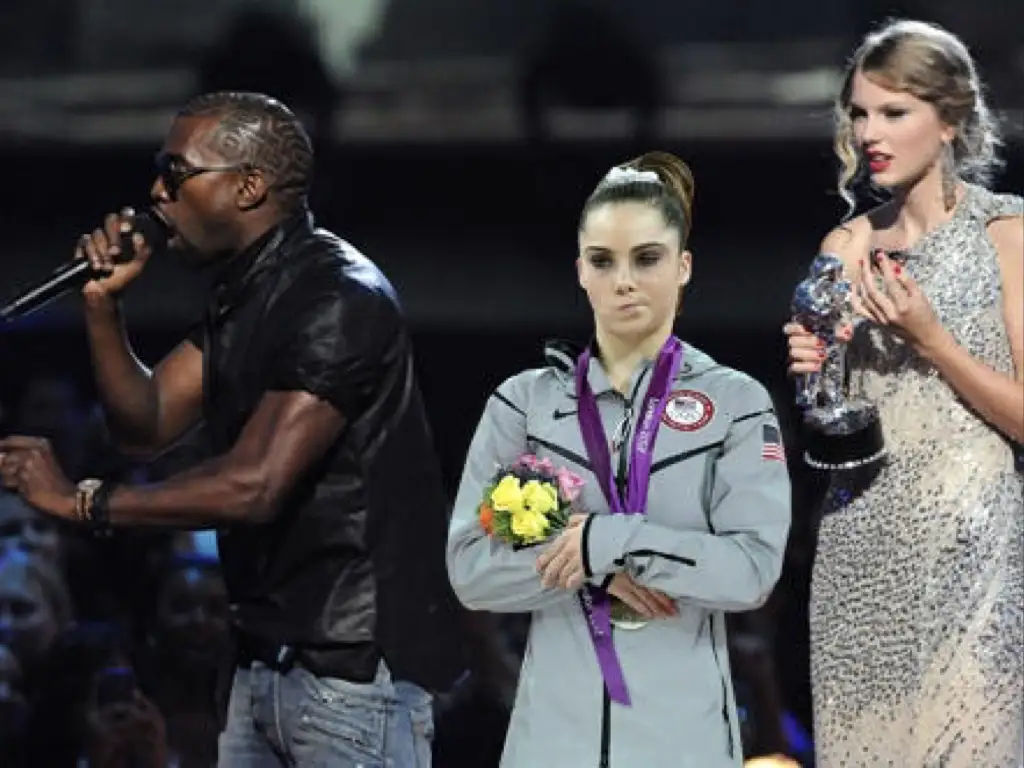
The most powerful example came during the 2012 Olympics, when gymnast McKayla Maroney’s “not impressed” expression captured a live cultural moment after she earned a silver medal.
Within an hour of the live moment, my team launched the “McKayla Is Not Impressed” microsite—a hub where fans could access assets to create their own memes and surface the best ones.
The response was explosive. The meme spread organically—amplified by fans, creators, and news coverage—and eventually reached the Oval Office, where McKayla and President Obama were photographed together mimicking the pose.
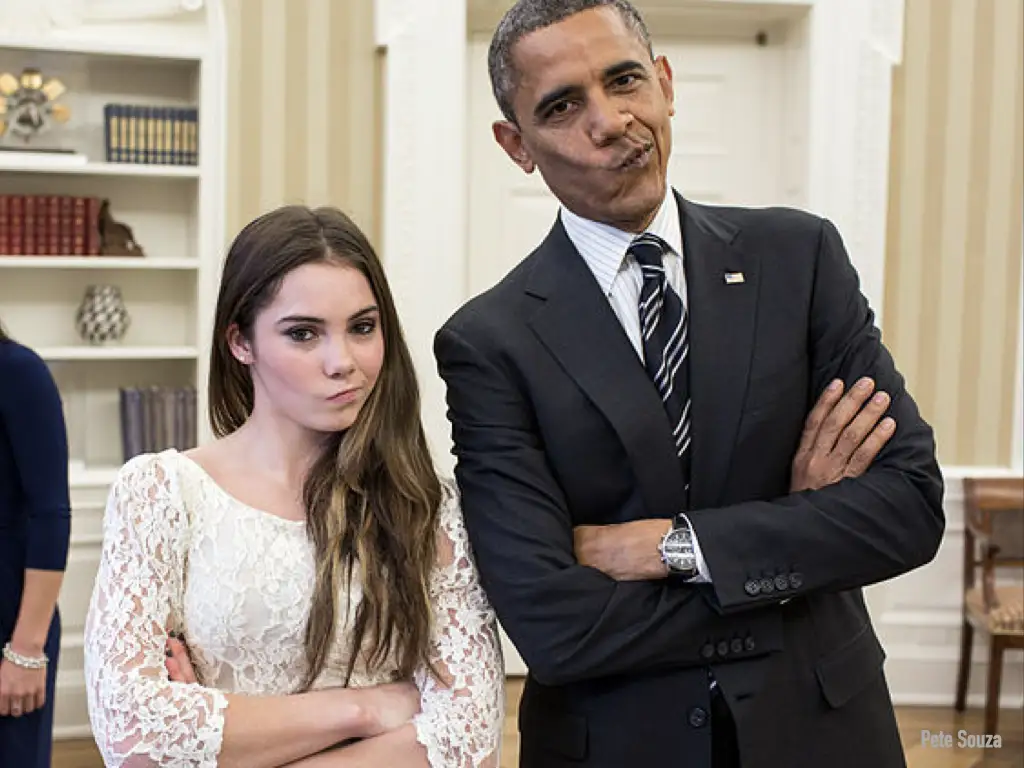
Validation: Proving Design’s Strategic Value
This experiment validated the hypothesis: Design’s ability to speak the audience’s visual language drove deeper engagement than long-form content, and confirmed Design’s necessary role as a strategic voice in shaping MTV’s digital direction.
This validation shifted the internal narrative overnight—elevating design from “makers” to strategic cultural operators and making previously risky ideas easier for others to support and adopt.

The success of these experiments captured the attention of peers, my boss, and the President of MTV. I was invited to join the leadership team in presenting investment pitches directly to Viacom’s CFO—a rare opportunity for a design leader at the time.
Those pitches helped unlock new multimillion-dollar investment in digital initiatives. Afterward, the President of MTV wrote to me personally, thanking me and acknowledging the role these design experiments played in reframing MTV’s digital strategy.
This wasn’t just about one viral moment—it proved that design could drive cultural relevance and business outcomes, not just aesthetics.
Outcomes: Lasting Organizational Impact
- Repositioned design from a service function to a strategic partner across the organization
- Created visible, transparent rituals that improved communication and cross-team alignment
- Influenced conversations that reached Viacom’s executive floor and the White House
- Secured investment from Viacom leadership based on the strategic value of design
- Promoted to Vice President of User Experience & Design
Reflection: Leadership Lessons I Carry Forward
This experience taught me that influencing an organization requires a fluid approach—one that adapts to context, timing, and culture. By applying UX methods—research, prototyping, and iteration—to cultural challenges, I shifted perceptions of design from the inside out.
This work became the foundation of my talk at the Design Matters conference in Copenhagen, where I shared how cultural prototyping can transform organizational influence. The talk was later described by attendees as “hugely impactful”.
This experience helped shape a leadership principle I carry forward:
Influence is designed.
I continue to use this approach—blending cultural insight, design strategy, and organizational prototyping—to position design as a strategic force within every organization I join.
